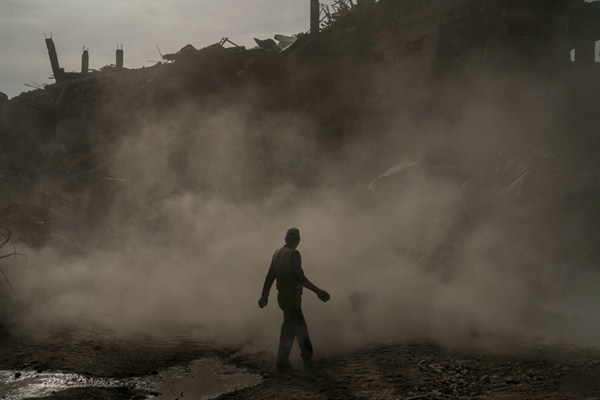The United States, especially the American military, hates counterinsurgency. It is ethically and politically difficult, at times impossibly so. To do it, American troops and government officials must prod a problematic ally to undertake deep reforms while facing off against an often ruthless enemy. Terrorism, assassination, subversion and sabotage are persistent and more common than the type of pitched but conventional battles that the U.S. military prefers, in which it can assert its technological advantages.
Whenever the United States becomes involved in counterinsurgency, it eventually wishes that it hadn’t. As Judah Grunstein wrote this week, the recent counterinsurgency campaigns in Iraq and Afghanistan were just “the latest episode in the U.S. military’s long cyclical history of fighting counterinsurgencies—known variously as small wars, unconventional warfare and asymmetric warfare—as they arise, then tossing aside the operational lessons learned when they were no longer needed.” Yet the U.S. military keeps repeating this pattern, believing that the defeat of an ally would be worse than attempting counterinsurgency, or that it can keep its involvement limited. Afterwards, American officials often vow that they will never do large-scale counterinsurgency again, but then they do.
Chances are that at some point in the future, whether in a year, a decade or several decades, the United States will come to the assistance of a friend or ally facing an insurgency. When this happens, the enemy that American counterinsurgents confront will be very different from the insurgents of the past, since insurgency itself is rapidly evolving.

